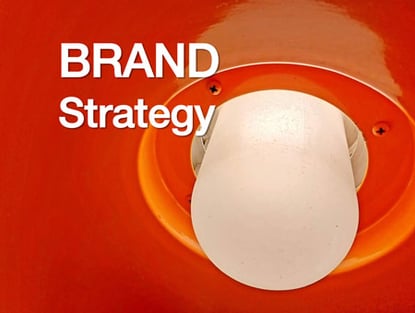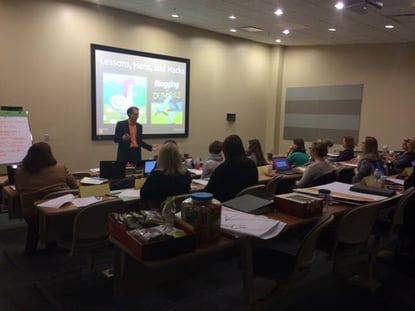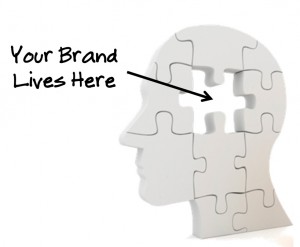Dr. Neeli Bendapudi, Dean of The University of Kansas School of Business, spoke about her work on customer brand expectations during “Moments of Truth: From Service Failure to Recovery” at the university’s Professional Edge speaker series yesterday. As expected by this customer/attendee, Neeli (she told us not to call her Dr. Bendapudi) did an outstanding job of engaging and entertaining the audience as she described how most organizations are like leaky buckets, with service failures and defecting customers represented by the holes where water escapes.
As an antidote to address failing to meet customer brand expectations and resulting customer defections, Neeli offered 7 steps to service recovery and fixing customer relationships:
Step 1 – Use TLC (as in The Lens of the Customer) to examine customer service.
In what Neeli described as often the hardest service performance step for companies, they have to get everyone within an organization asking how personal and organizational actions affect customers. This requires thinking about benefits (instead of attributes) and what a customer buys (vs. what a company sells). She provided an example contrasting the cosmetics a cosmetic company sells with the “hope in a jar” that consumers are really buying.
Setup 2 - Clarify customer brand expectations using multiple methods.
While brands love asking customers what they expect or what they want from a product or service, customers aren’t in the best position to answer the question. That’s why it’s important to probe on customer brand expectations from multiple directions to really understand what expectations and opportunities are. Neeli offered several examples of getting customer expectations wrong, including pink hotel rooms for women business travelers and UPS tightening delivery driver schedules when customers said they wanted on-time service without articulating a desire for small talk with those same delivery drivers.
Step 3 - Translate customer expectations into both hard (objective) and soft (subjective) standards.
Similar to the whole brain metrics approach we recommend, Neeli points to the need for both objective and subjective standards to drive and monitor performance on customer expectations. While there can be a preference for the more easily measured objective metrics, subjective standards (i.e., being friendly to customers) are vital elements of customer expectations.
Step 4 - Ensure the people inside your company are living your brand.
Particularly when it comes to an organization’s service aspects, an organization’s people bring its brand promise to life on a daily basis. Organizations need to ARM their people for success as brand ambassadors, ensuring they have Ability, Role Clarity, and Motivation at all potential breaking points for the brand promise. Neeli identifies role clarity at the potential service breakdown point as the element most organizations never consider.
Step 5 - Know when you have failed.
It’s vital for an organization to know when it’s suffered a service failure. Having internal metrics and standards that signal service issues is only part of the equation. Since research has suggested only 3 – 4% of customers in the US complain to a company when they perceive a service failure, it’s also important for organizations to make it easier for customers to highlight service issues. British Airways once installed video booths by baggage claim to let passengers video their gripes when they were top-of-mind - before leaving the airport.
Step 6 - Break the silence - aggressively.
When customers complain, they are not ready to break the relationship with a brand. If they were ready to break the relationship, they’d simply walk away. Isolated complaints are rarely isolated; they represent the tip of the iceberg with many more similar complaints not being voiced. When a brand is trying to break the silence on service failures, however, it should only turn to customer surveys if it is prepared to act on the results.
Step 7 - Create (Customer) Apostles.
The end game in preventing, addressing, and recovering as quickly and effectively as possible from service failures is to cultivate customer apostles who go out of their way to tell others why they should be using your product or service.
If you ever get the opportunity to see Dr. Neeli Bendapudi speak on any of her work on services marketing, be sure to take advantage of the opportunity! - Mike Brown
The Brainzooming Group helps make smart organizations more successful by rapidly expanding the strategy options they consider as we create innovative plans they can efficiently implement. Email us at info@brainzooming.com or call us at 816-509-5320 to learn how we can help you enhance your strategy and implementation efforts.




